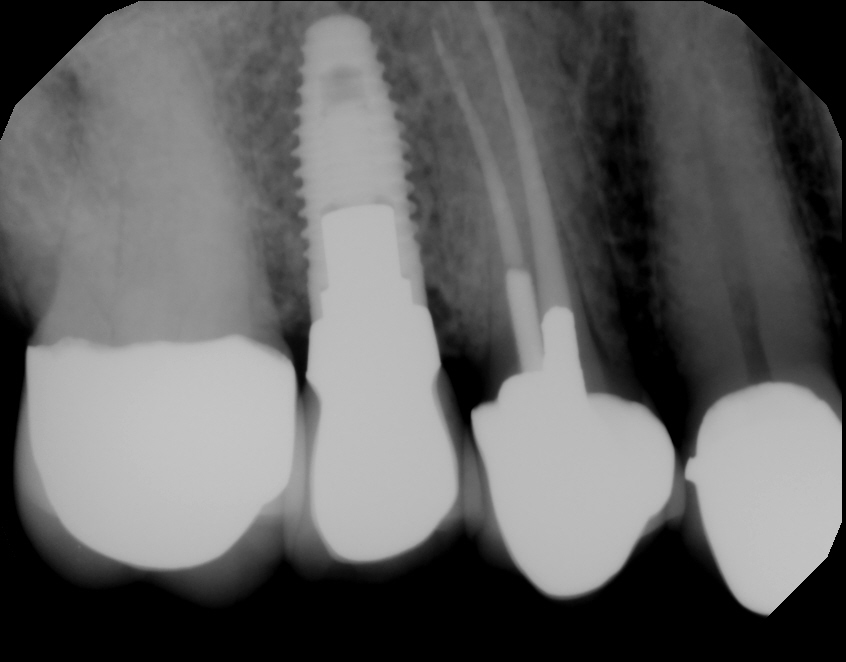In simple terms, dental implants are metal posts or frames that are surgically placed into the jawbone underneath your gums. Once in position, they give your local Rancho Cucamonga Dentist an opportunity to safely mount replacement teeth onto them.
How Exactly Do They Work?
Because implants fuse to your jawbone, they provide steady support for artificial teeth. Additionally, dentures and bridges mounted to implants will not slip or shift in your mouth — a crucial benefit when eating and speaking.
This secure fit aids the dentures and bridges — as well as individual crowns placed over implants — making it feel more natural than traditional bridges or dentures.
For a handful of individuals, ordinary bridges and dentures are simply not comfortable or even possible, due to sore spots, poor ridges or gagging. Furthermore, ordinary bridges must be attached to teeth on either side of the space left by the missing tooth.
The leverage you have with implants is that no adjacent teeth need to be prepared or ground down to hold your new replacement tooth/teeth in place.
To get implants, you need to have healthy gums and good enough bone to support the implant. Moreover, you must also commit to keeping these structures healthy.
Careful oral hygiene and routine dental visits to your local Rancho Cucamonga Dentist are critical to the long-term success of dental implants.
Implants are generally more expensive than other methods of tooth replacement, and a majority of insurance carriers usually cover less than 10 percent of the fees.
The American Dental Association suggest two types of implants to be safe. These are:
- Endosteal Implants — these are surgically implanted right into the jawbone. Once the surrounding gum tissue has healed, a second surgery is required to connect a post to the original implant. Next, an artificial tooth (or teeth) is attached to the post-individually, or grouped on a bridge or denture.
- Subperiosteal Implants — these generally consist of a metal frame that is fitted onto the jawbone underneath the gum tissue. As the gums heal, the frame becomes fasten to the jawbone. Posts, which are attached to the frame, protrude through the gums. Similar to endosteal implants, artificial teeth are then mounted to the posts.
For the latest tips on oral health, flossing, dental care, and much more, make sure to follow our blog at: http://www.arrowdentalarts.com/blog

